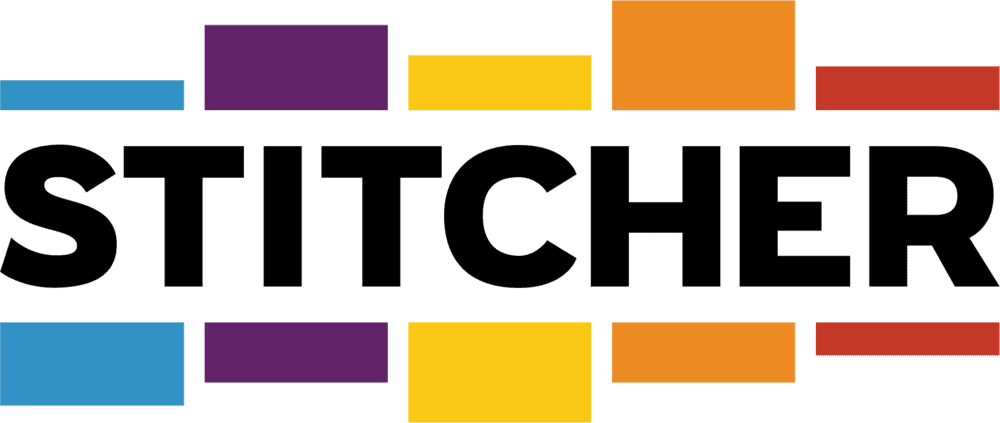Confidence, Certainty and Control: The Map to Success | Peter Atwater
What exactly is confidence? Peter Atwater describes it as the feelings of certainty and control that we have about our future self. He explains the Confidence Map framework and how our horizon preference and vulnerability first mindset change based on our level of confidence.
Peter Atwater is an adjunct professor of economics at Williams and Mary University, and the President of financial insights, a consulting firm that advises global policymakers on how social mood affects decision making, the economy and the markets. He is known for coining the “K-shaped recovery” which is an economic term used by political and economic leaders. Most recently, he has examined the hidden role of confidence in the choices we make, in his new book “The Confidence Map: Charting a Path from Chaos to Clarity”.
We need to watch out when we become certain of an outcome, good or bad. The more certain we are of the outcome, the more that's going to drive our choice. ~ Peter Atwater, Episode 366 Share on XConfidence is inherently forward-looking and involves imagining the future, which is inherently uncertain. To illustrate this, Peter introduces us to the Confidence Map, a two-by-two grid with certainty on the x-axis and control on the y-axis. The upper right quadrant represents high confidence where there is both high certainty and control. This is the “comfort zone.” The lower left quadrant represents low confidence due to low certainty and control. This is the “stress center.”
The other two quadrants represent situations where there is only one of the two factors needed for confidence. The “passenger seat” quadrant has uncertainty but no control, like being a passenger in a car. The “launchpad” quadrant has control but no certainty, like pulling the lever on a slot machine.

The Confidence Map by Peter Atwater
Overconfidence and under confidence can both be issues. Organizations often ignore the vulnerability people feel during a crisis, focusing only on fixing the problem, as Boeing did during the 737 Max disasters.
Listen to Tim and Kurt’s discussion with Peter and the following Grooving Session to learn how confidence can be both an input and output of decision-making and about the complex interplay between feelings, stories and actions.
We hope you enjoy listening to our discussion with Peter and if you would like to support the work of Behavioral Grooves, we would love you to join our Behavioral Grooves Patreon membership.
Topics
(2:15) Welcome and speed round questions.
(4:44) What is confidence?
(7:50) The confidence quadrant.
(12:55) Can you have too much confidence and can it be false?
(15:49) How Behavioral Economics influences our financial decision making.
(18:42) Why groups can overestimate outcomes.
(20:42) Confidence is both an input and an output.
(23:39) Horizon preference and confidence.
(27:29) What is a vulnerability first mindset?
(29:33) How Boeing focused on the wrong issue with the 737 Max disasters.
(32:19) What music would Peter take to a desert island?
(34:44) Grooving Session with Kurt and Tim on confidence.
© 2023 Behavioral Grooves
Episodes Other Listeners Enjoyed
Episode 31, Leaving the Matrix: Annie Duke and Insights into how you can improve your thinking!
Episode 67, George Loewenstein: On a Functional Theory of Boredom
Episode 345, The Tools You Need To Embrace Uncertainty | Nathan and Susannah Harmon Furr
Podcast: Play in new window | Download
AIRDATE: July 23, 2023 EPISODE 366
Podcast: Play in new window | Download
Confidence, Certainty and Control: The Map to Success | Peter Atwater
Featured Guest

Peter Atwater
LINKS
Peter Atwater: https://peteratwater.com/
Peter Atwater’s book: The Confidence Map: Charting a Path from Chaos to Clarity: https://amzn.to/3NB2gM3
Daniel Kahneman and Amos Tversky (1974) Judgment Under Uncertainty: Heuristics and Biases, Science: https://www.science.org/doi/10.1126/science.185.4157.1124
Episode 31, Leaving the Matrix: Annie Duke and Insights into how you can improve your thinking! https://behavioralgrooves.com/episode/leaving-the-matrix-annie-duke-and-insights-into-how-you-can-improve-your-thinking/
Boeing 737 Max grounding: https://en.wikipedia.org/wiki/Boeing_737_MAX_groundings
Behavioral Grooves Patreon: https://www.patreon.com/behavioralgrooves











